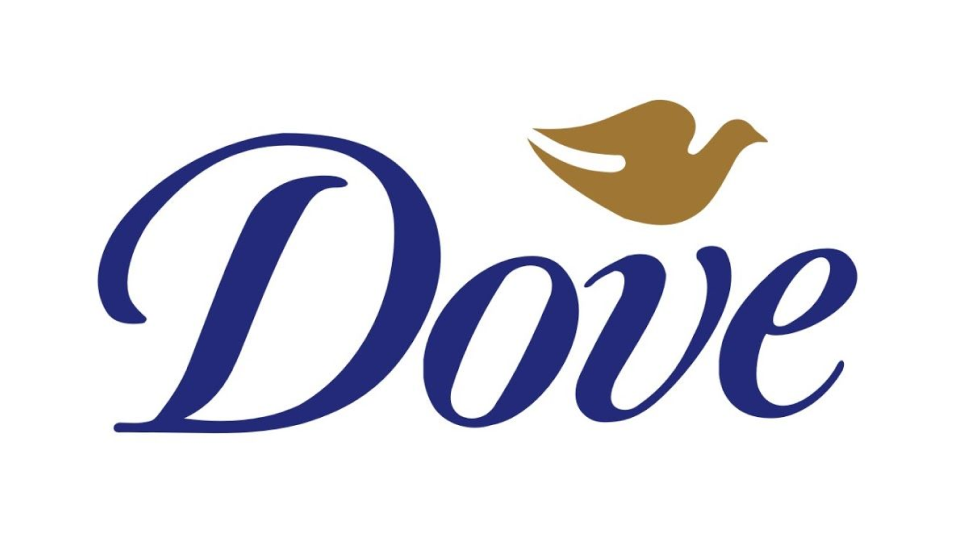
Thursday July 9, 2020
Dove Brand Strategy: How to Develop a Winning Brand Strategy
Brand creation is a way to differentiate your brand from your competitors via tangible aspects like the brand logo, font, and colour schemes and intangible aspects like brand positioning, purpose, mission, and values.
Brand creation needs to be taken seriously, considering it affects every aspect of your business — from customers, products, services, to how easily you are able to scale, customer loyalty, marketing, and PR.
Creating a strong brand strategy is the first step to creating a strong brand. The brand strategy acts as a foundation for creating a logo, brand messaging, brand guidelines, design templates, and a brand promise.
Here are the 5 areas within a brand strategy that a business owner needs to define and get clear on. It includes examples from Unilever’s brand Dove that has been mentioned in several case studies to understand how to create a strong brand.
5 Aspects of Brand Strategy
1. Positioning
A brand positioning is a unique position a brand holds in the minds of its customers, in relation to its competitors.
Creating a strong brand positioning is usually a combination of strong market research and understanding your own passion and interests as the business owner.
For example, market research for the fintech industry shows that most traditional banks and companies send the message of “trust us” and “give us control”. This allows an opportunity to have a unique proposition in the industry if a company instead sends the message of “trust yourself” and “be in control of your own finances” to consumers.
It works best if this positioning is also in line with your own desire for what sort of company you want to be.
Brand positioning impacts everything from marketing to PR. For example, getting a piece on BBC featuring your brand is not PR. But getting a piece in BBC representing your brand the way you want to (i.e positioning) — that is good PR. “PR shouldn’t be used for exposure without clear brand positioning,” says Curzon CEO Farzana Baduel to Brand Doctor.
-
Purpose
A business purpose is a day-to-day reason for the existence of your company. It needs to relate powerfully with what product or service you are selling.
In creating a brand strategy, each step would lead to the other. For example, Dove’s brand purpose is “to make a positive experience of beauty accessible to every woman”. This comes directly from the market research done in the previous step, which showed them that most women feel unrepresented by media and advertising—and that this lack of representation has a real impact on confidence.
Purpose-driven brands have an edge over companies that are simply competing over price or quality. A 2018 research by Accenture shows that consumers these days purchase from companies whose purposes align with their beliefs. In fact, one in five consumers rejects those brands forever that don’t.
3. Mission
A brand mission is a more broad business objective than the strong product/service-tied purpose.
For example, Dove’s mission is “to ensure that the next generation grows up enjoying a positive relationship with the way they look, to help them raise their self-esteem and realise their full potential.”
Notice how that is just a step ahead and still directly connected to their purpose of making a positive experience of beauty accessible to women. At the same time, it is a broader look at what they are doing and hence allows customers, employees and other stakeholders to feel connected with the company on a shared mission.
For example, many companies when hiring these days look for candidates who believe in their mission.
The strong mission goes beyond the tactical beauty products that Dove sells and provides a strategic business direction to the company, allowing it to influence the larger society and culture.
It also helps with bringing out new products and services within the same brand umbrella, tied to the main mission.
4. Values
Brand values are fundamental behavioural values that differentiate your business from others.
These values would, of course, be in sync with the world view the brand portrayed in its positioning, purpose, and mission.
For example, one of Dove’s brand values is self-esteem. And it makes sense, since starting from market research and positioning, their focus was on how they want to differentiate themselves in an industry whose products make women feel under-confident and anxious about themselves.
Brand values determine how the company leadership acts and make decisions. For example, Dove’s Real Beauty pledge showed that this value drives their decision to never hire models but only real women. “Models reflect a narrow view of beauty… Our campaigns reflect the population’s diversity,” it read.
5. Character
Brand character refers to the preferred style and manner of the business.
As understandable, it would also be directly connected and in sync with the brand’s worldview and values.
For example, under the 12 brand archetypes based on human psychology, Dove falls under the “Innocent” archetype.
The brand character determines your colour schemes, logo styles, fonts, the tone of voice, and much more.

Conclusion
Branding or brand development is going to be foundational to everything you do as a business. Hence, companies should take branding seriously.
Curzon PR is a London-based PR firm working with clients globally. If you have any questions, please feel free to contact our Business Development Team bd@curzonpr.com






Follow us